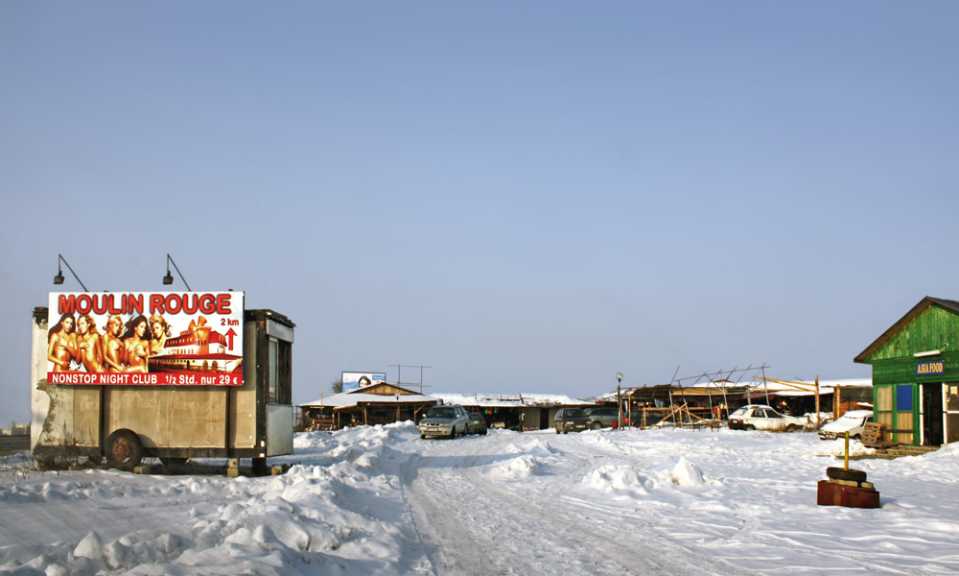
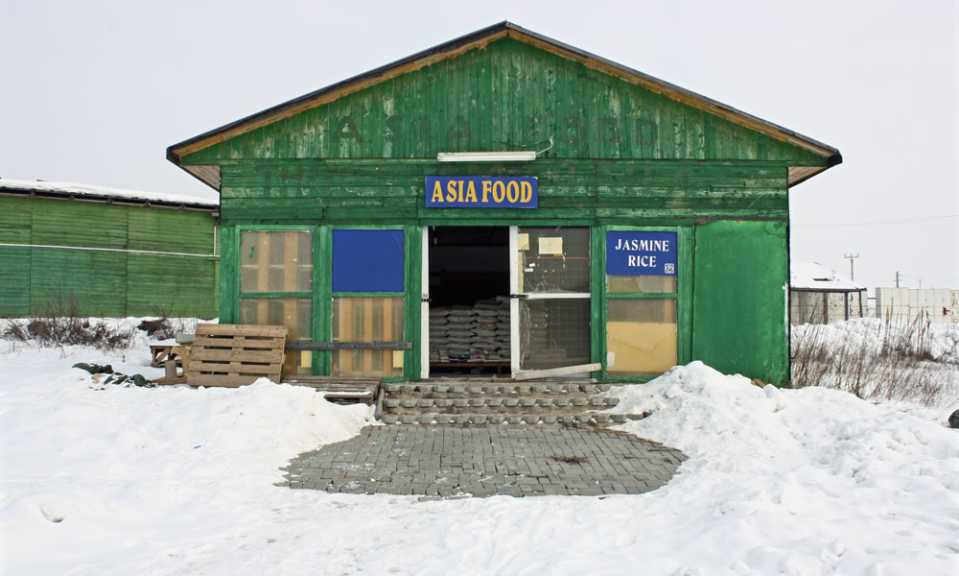
Map of Czech-Austrian border at Chvalovice, 1989-2004
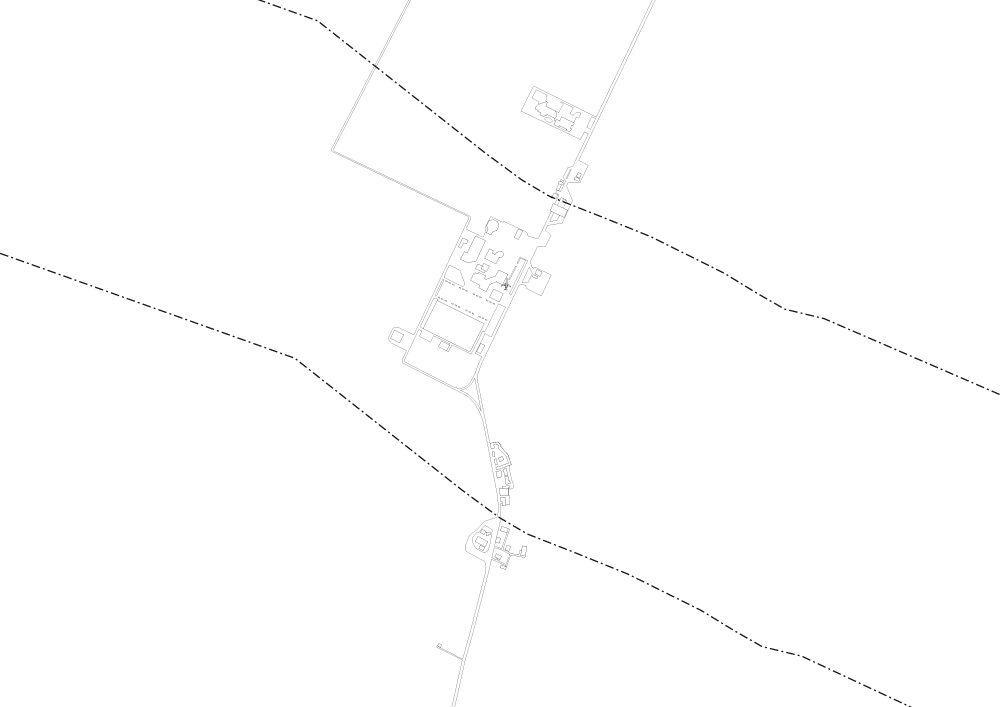
Map of Czech-Austrian border at Chvalovice, 1946-1989
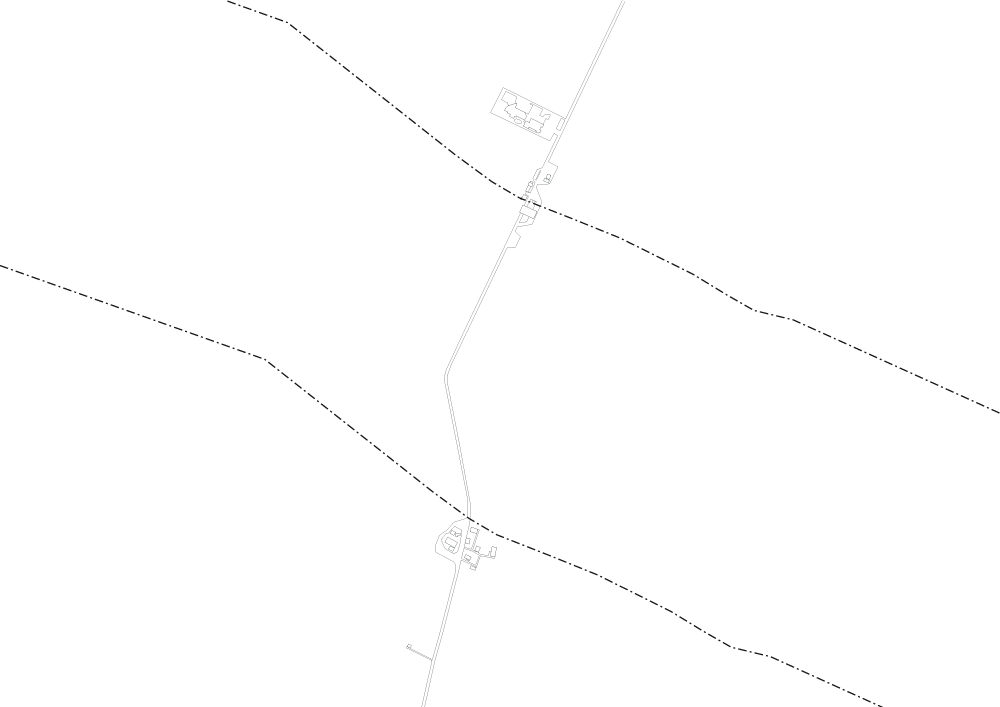
Veteran vans used as storage spaces
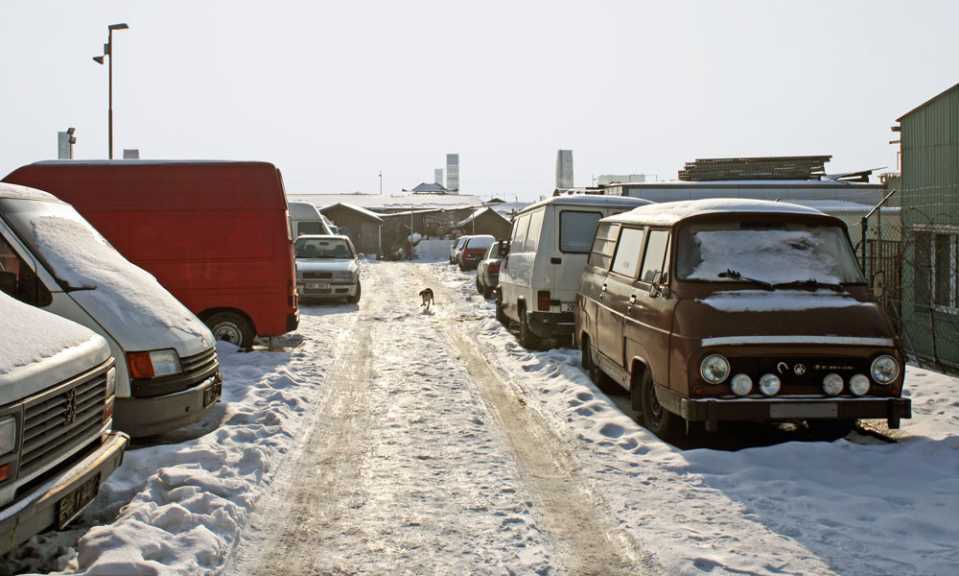
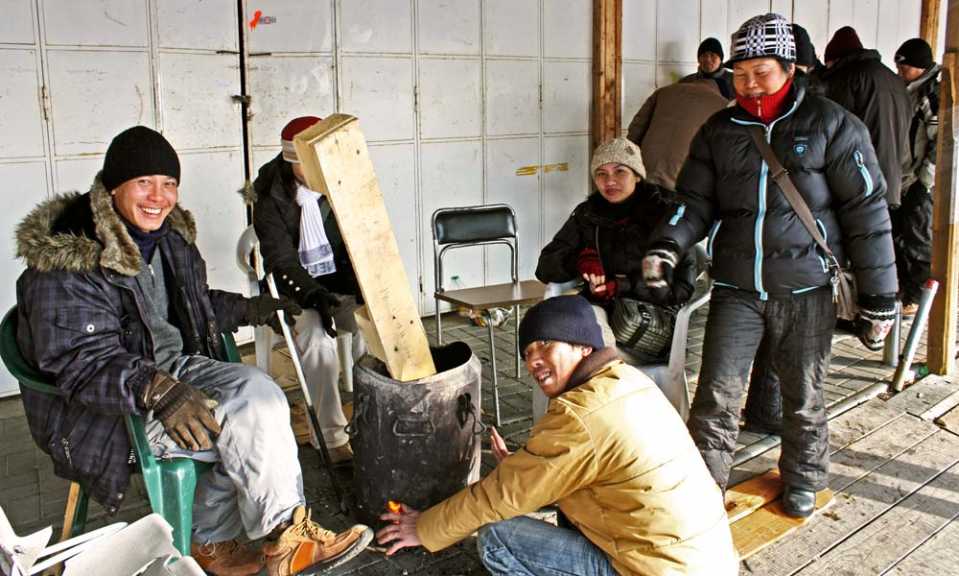
Workers at the Vietnamese markets
TV lounge at the Vietnamese market
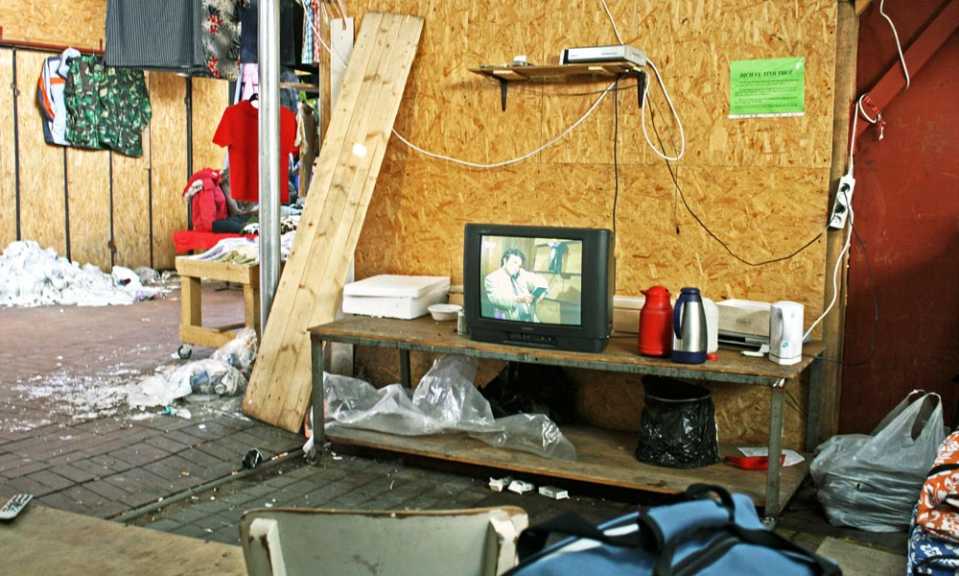
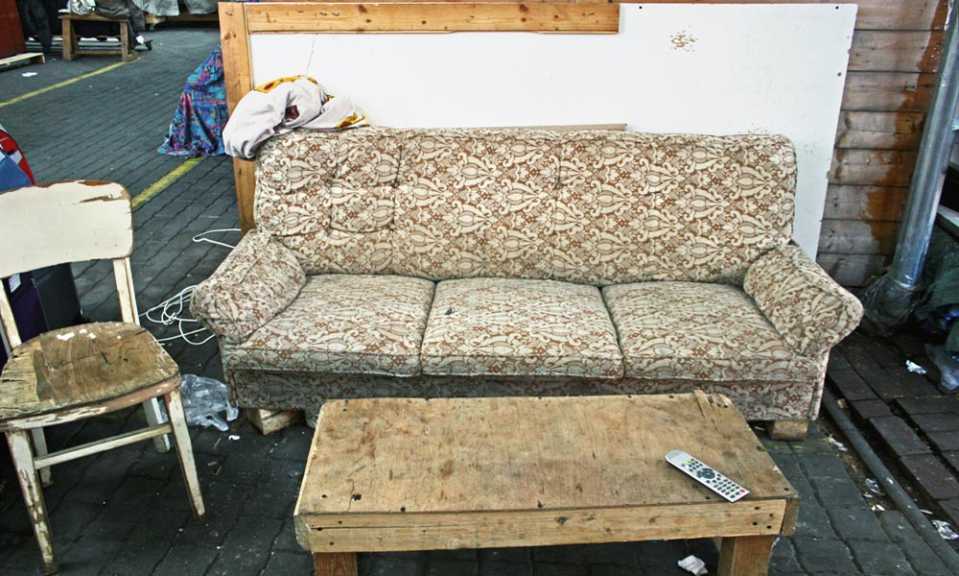
Diagram of border crossing modalities: 1946-1989, 1989-2004, 2004-
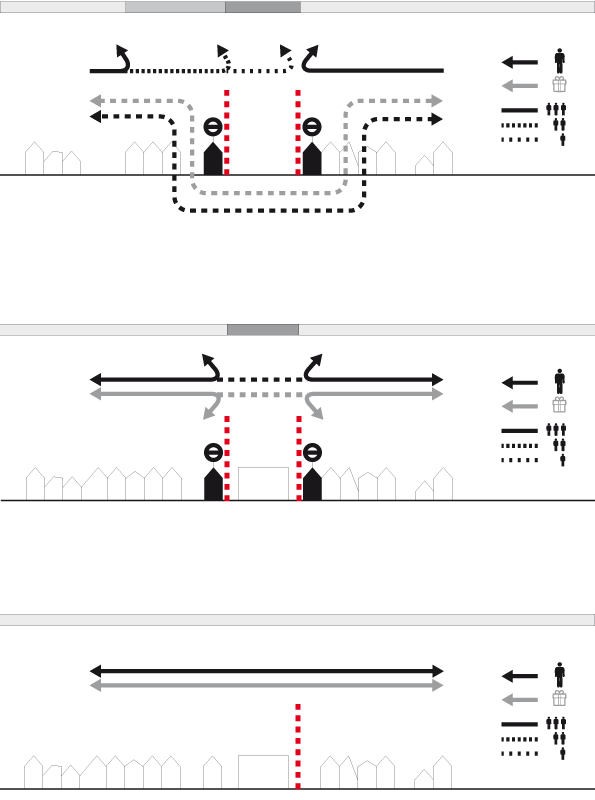
Roadside trade
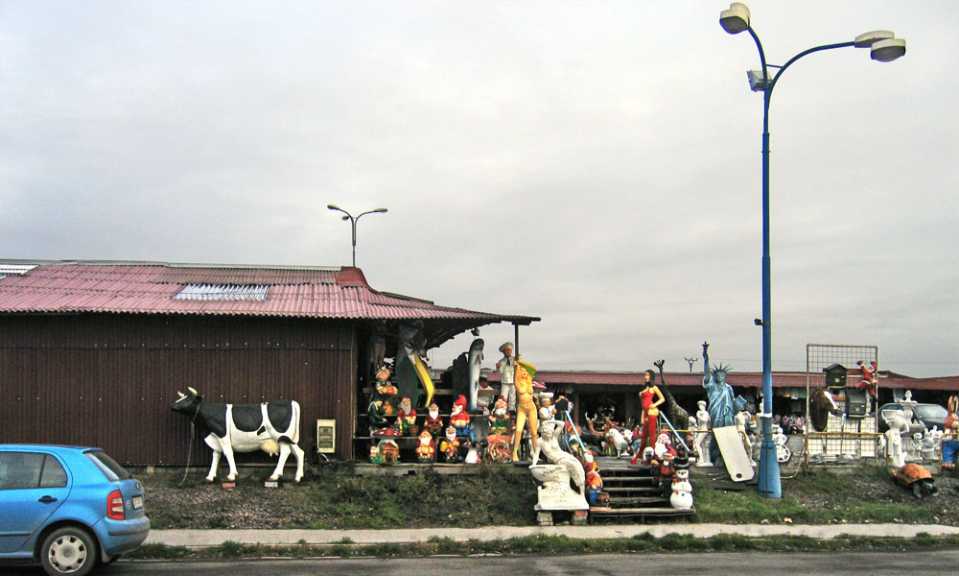
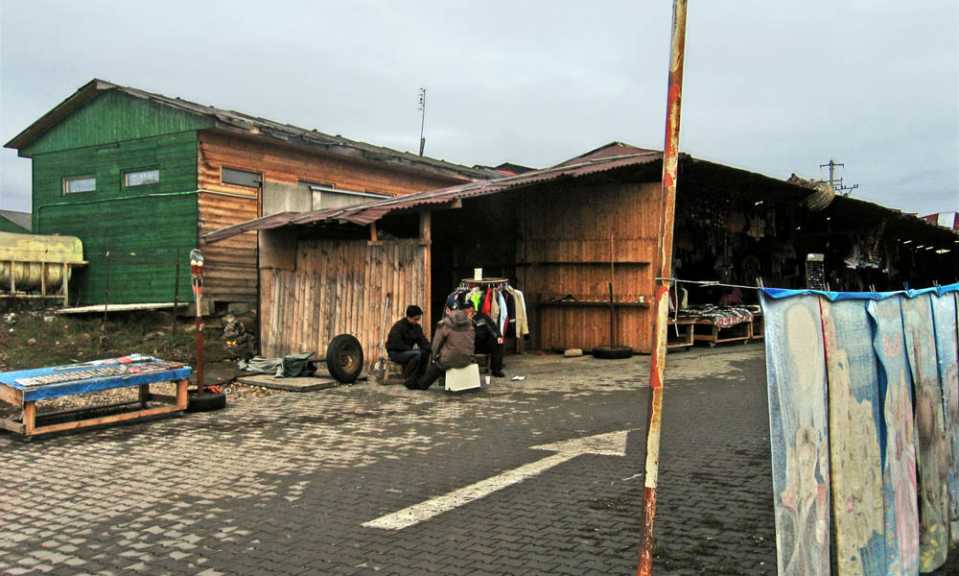
Migration of trade activities
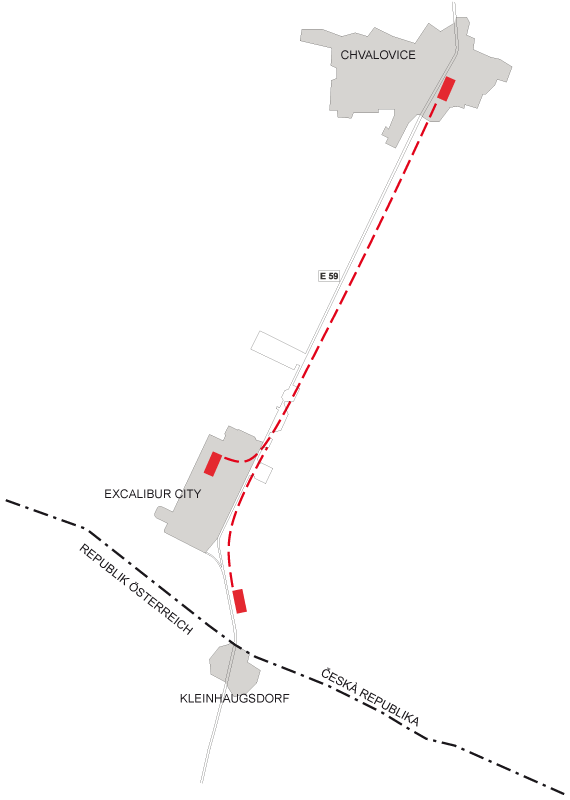
Excalibur City
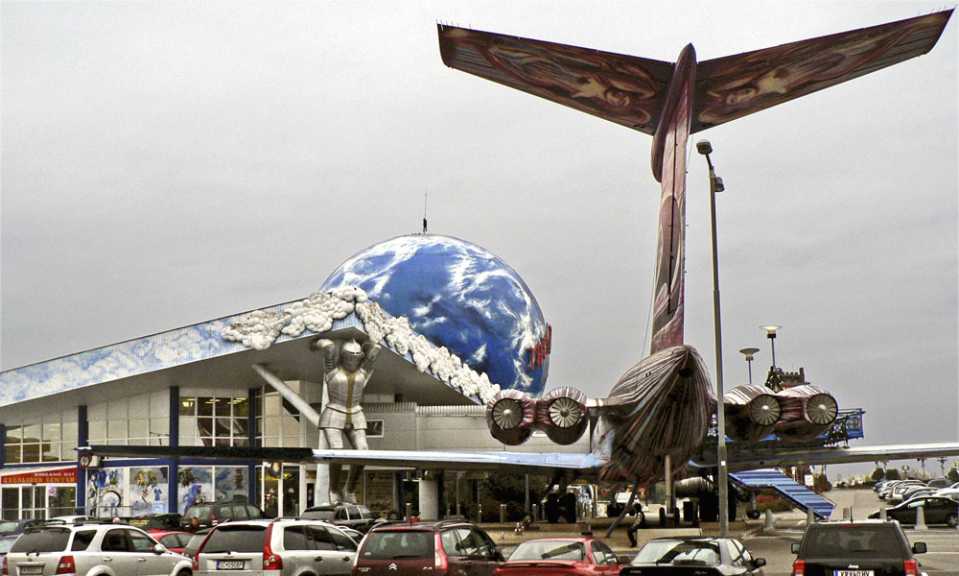
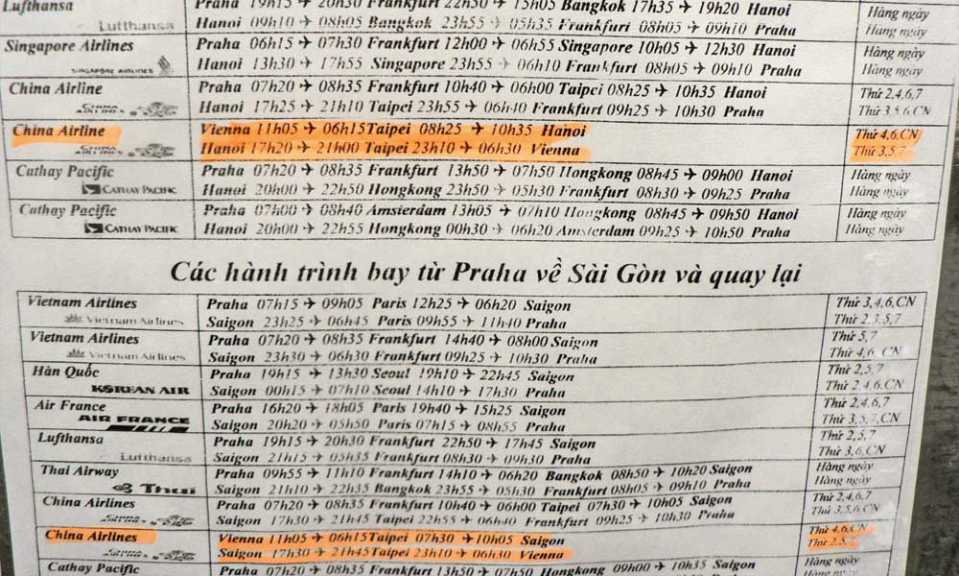
The Vietnamese minority represents the third largest group of immigrants after immigrants from Hungary and Slovakia, and its history goes back to WW II. After WW II, Vietnamese students, trainees and workers travelled to Czechoslovakia within the framework of workforce exchange programs between communist countries. The stay of Vietnamese guests was highly regulated, limited to certain economic areas, and only allowed for a minimum of individual freedom. The host country not only provided employment, but also housing, insurance and further training. By 1970, about 2000 Vietnamese immigrant workers were staying in Czechoslovakia, a number that should multiply after the end of the Vietnam War in 1975. Immigration experts estimate that between 70000 and 120000 Vietnamese immigrants worked in Czechoslovakia during the 1980s, all in the framework of the mentioned workforce exchange program. The reason for this rapid growth of Vietnamese immigration can be observed on a global scale.
During WW II, Semtex, a widespread explosive, and the Eastern-European counterpart of the American C4, was developed and produced in Pardubice, 100 km east of Prague. From there, Semtex was exported to northern Vietnam and to the Vietcong during the Vietnam War as well as other nations of the Warsaw Pact. After 1975 north Vietnam’s debts caused by Semtex import and its weak postwar economy forced North Vietnam to pay back their debts by exporting cheap workforce to Czechoslovakia. The Vietnamese immigrants worked for four to seven years, receiving 40-50% of their loans directly, while the Vietnamese Government received the remaining 60% to pay back their debts. After the collapse of the Iron Curtain the workforce exchange agreement was cancelled. At that time around 13000 Vietnamese citizens remained in Czechoslovakia. While the formerly state owned economy and its enterprises were restructured, most of the foreign workers received small-scale retail licenses. Numbers of the Czech Statistical Office from 2008 account for 66% of Vietnamese immigrants having a small-scale retail license, while only 34% had a regular work permit. In comparison, the second strongest immigrant group in reference to small-scale retail licenses are German immigrants with 33%.
The above mentioned forms of small scale retail benefit from the border situation of the former Iron Curtain, and therefore concentrate along the Austrian-Czech and German-Czech border. Looking at Czech border regions, an almost inverse linear relationship between spending capacity in the bordering regions of Germany and Austria and the Vietnamese minorities’ share of the population stands out. Their economic activities benefit on the one hand from a general economic downturn of Middle-European border regions with former Eastern Bloc nations and on the other hand from generally lower costs of also living on the Czech side of the border. Therefore economically disadvantaged minorities benefit on multiple levels from the location of settlements such as Chvalovice. The above mentioned points led, after 1989, to a strong movement of Vietnamese immigrants, generally a very mobile population group, from city regions to settlements close to the former Iron Curtain.
read more...
read more...
read more...
read more...
read more...
read more...
read more...
read more...
read more...
read more...
read more...
read more...
read more...
read more...